Every year from February to March, it is the new season of Turmeric production in China. We went to Sichuan Leshan Turmeric production area for Turmeric raw material quality research, from Turmeric planting, sowing, fertilization, harvesting, processing and storage, food safety control and other aspects of the investigation, the analysis of the 2023 Turmeric inspection report. (The data is as the Rushi team investigation statistics, for reference only)
01 Basic information about Turmeric
Curcuma longa. L. is a genus of Turmeric in the ginger family, alias yellow ginger, hairy yellow ginger, etc. It is mainly produced in Sichuan (Leshan and surrounding areas), Fujian, Guangdong, Guangxi, Yunnan, Tibet and other places.
Turmeric plants are 1m-1.7m tall, with sturdy and well-developed rhizomes, many branches, oblong or elliptical leaves, and short acuminate leaf tips. The corolla is yellowish, with only a few flowers.
The shape is irregular, the surface is dark yellow, rough, with crinkled texture and obvious links, and there are round branching marks and fibrous root marks. The texture is firm, not easy to break, brownish yellow to golden yellow on the cross section, with wax-like luster. The inner cortex layer ring pattern is obvious, the aroma is special, taste is bitter, pungent, the section is golden yellow, aroma is strong.
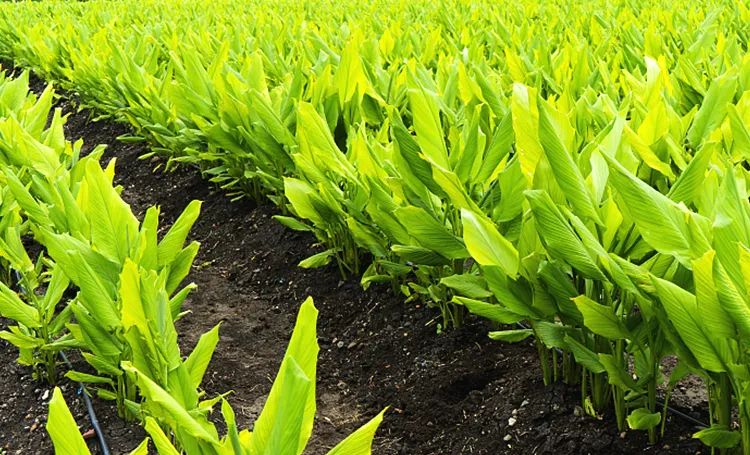
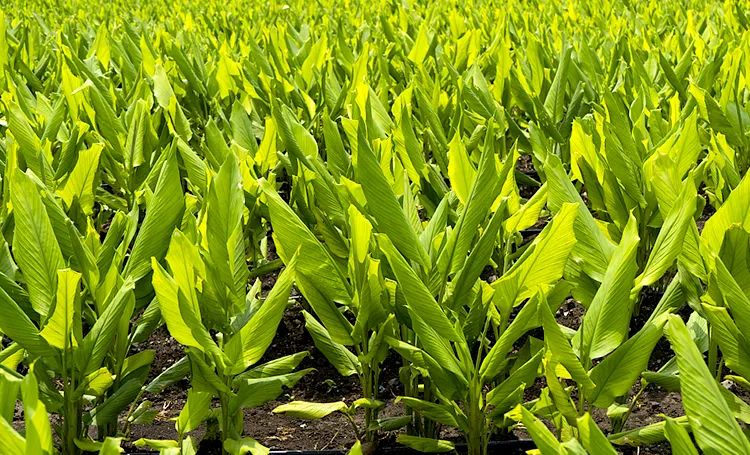
02 Turmeric planting information
Turmeric is grown in hilly terraced areas with predominantly muddy soil at an altitude of about 400m-700m, with a humid subtropical climate.
Seed selection and sowing:
Ginger is mainly propagated asexually with rhizomes, choosing full, large, dense buds and full rhizomes as seed ginger. In February - March after the harvest period planted in moist red clay soil or yellow clay soil, 1-2 ginger mother per hole, cover soil 2-3cm, plant distance 30cm, about 7000-7500 plants / mu;
Growth cycle:
Fertilization: urea, compound fertilizer (scattering method), vegetable blight/cow dung (wrapped ginger mother buried in the ground) 1-2 times a year, with 150kg/mu of firewood ash + cow dung (preferably used after rain) chasing fertilizer at a later stage;
Harvesting:hand-harvesting and harvesting in February of the following year.
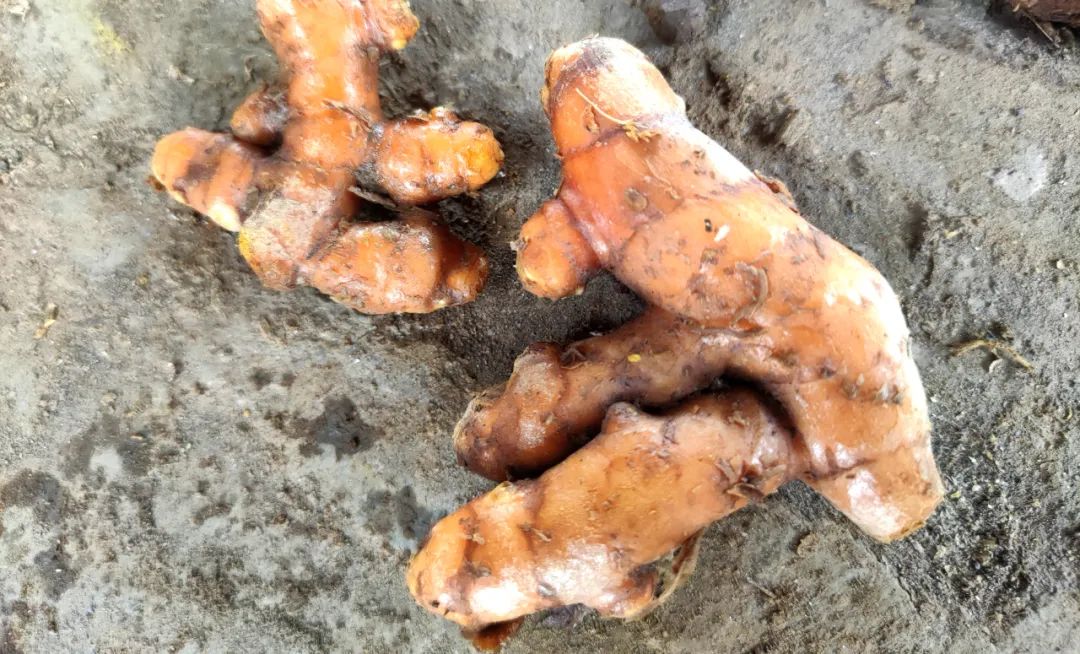
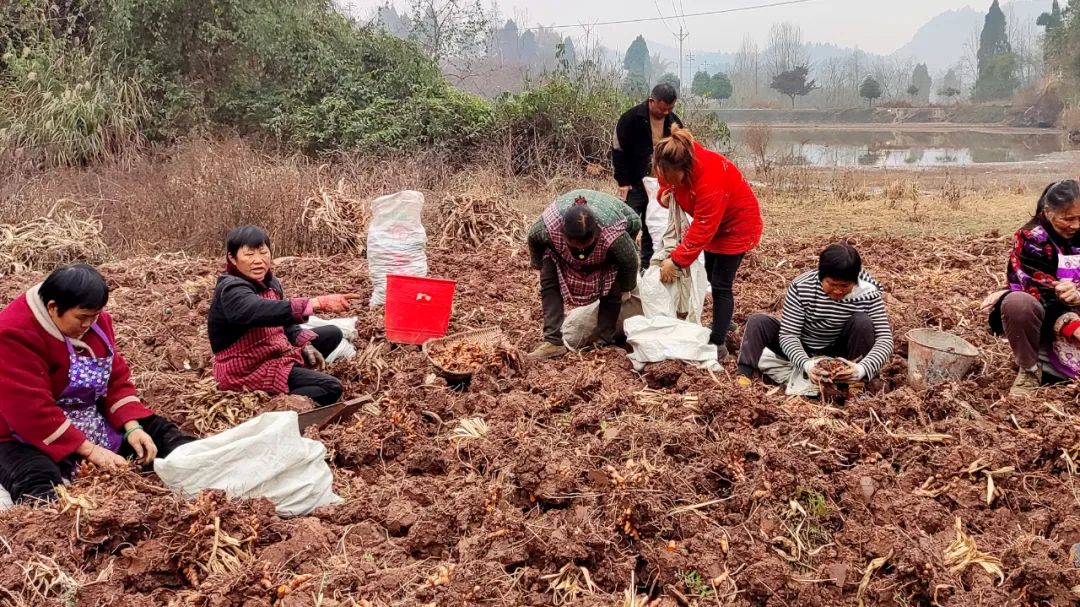
03 Processing and storage information
1. Processing process:
Washing → Primary Drying → Primary Peeling → Screening → Secondary Peeling → Secondary Drying → Packaging
· Rinsing: processors pour the acquired fresh Turmeric into machinery to transport water to rinse and remove the sediment from the surface and ginger gullies;
· One drying: put the material into the drying stove to dry, prepare for storage and effective peeling; (drying conditions: 70℃, about 40 hours)
· Primary peeling: Turmeric is put into a rotary peeler to remove most of the skin, spraying a small amount of water in the process;
· Secondary drying: put into the drying stove again for drying; (drying conditions: about 70 ℃, about 24 hours)
· Secondary peeling: put the second dried Turmeric into the rotary peeler to remove the remaining part of the Turmeric skin, spraying a small amount of water during the process;
· Drying/airing: Removal of part of the moisture to reach the index;
· Sieving: sieving out some impurities and small pieces of Turmeric;
2. Storage: Woven bags at room temperature, dry storage;
3. Trading: Market trading, middleman purchase or factory processing.
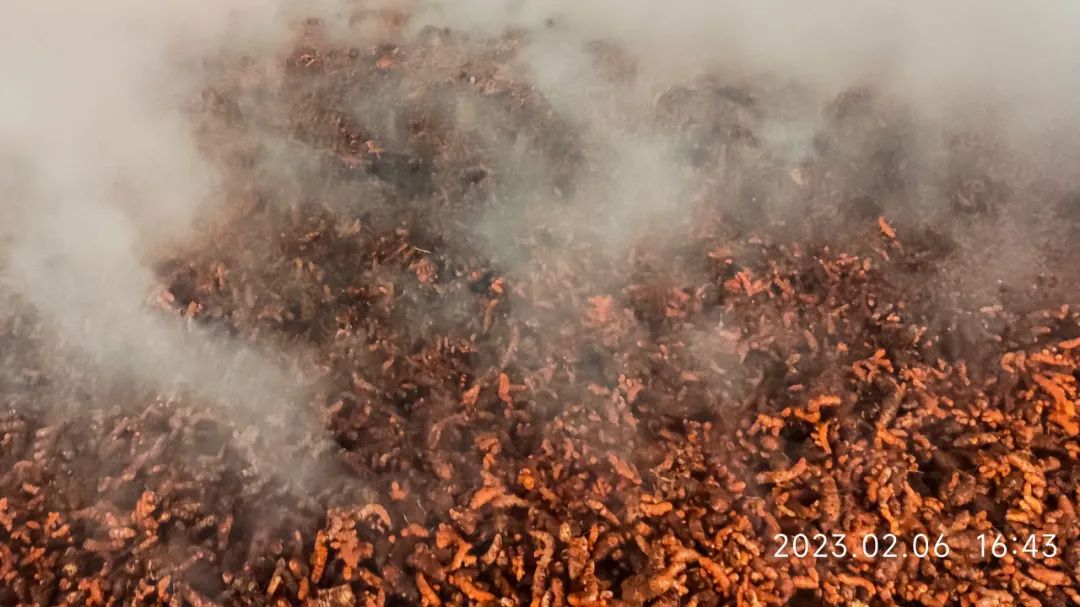
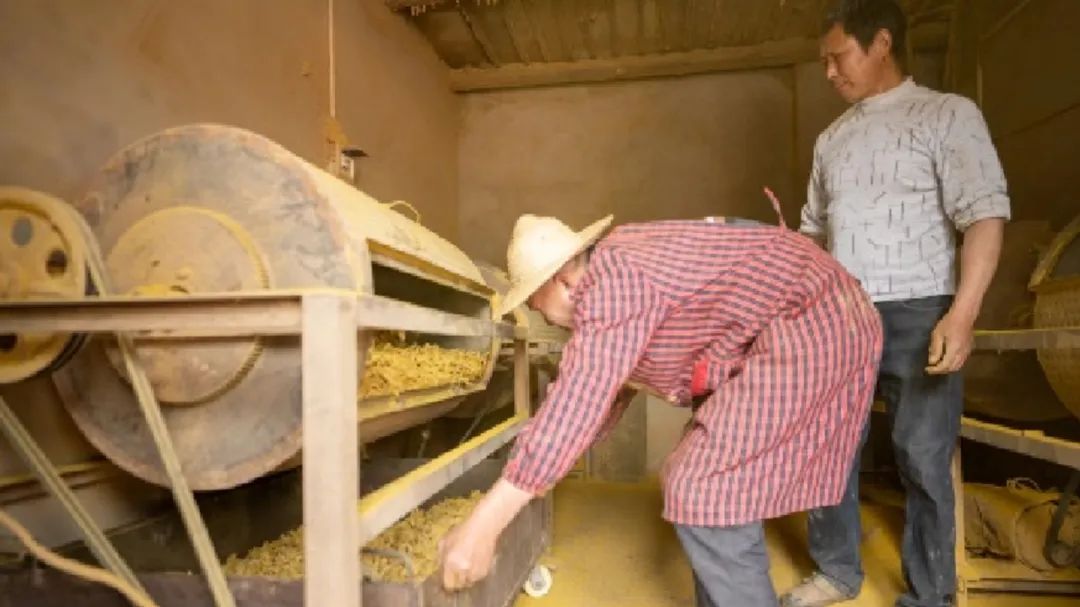
04 Food Safety Risks
◭ Turmeric poses the following food safety risks during growth, processing, storage, and trade:
Traceability risk: Turmeric is mainly grown by farmers, but there are also base planting, and farmers can not trace the sale, there is a traceability risk;
Storage risks: Storage at room temperature in woven bags, moisture-proof, insect-proof, rodent-proof, clean and hygienic storage places;
Risk of primary processing: If charcoal grilling is used, there may be a risk of exceeding the sulfur dioxide residue level of Turmeric;
Heavy metal risk: Turmeric is a root food material, heavy metals in the soil may be brought into the raw material of Turmeric;
In summary, the food safety level of Turmeric raw materials was assessed as relatively safe.
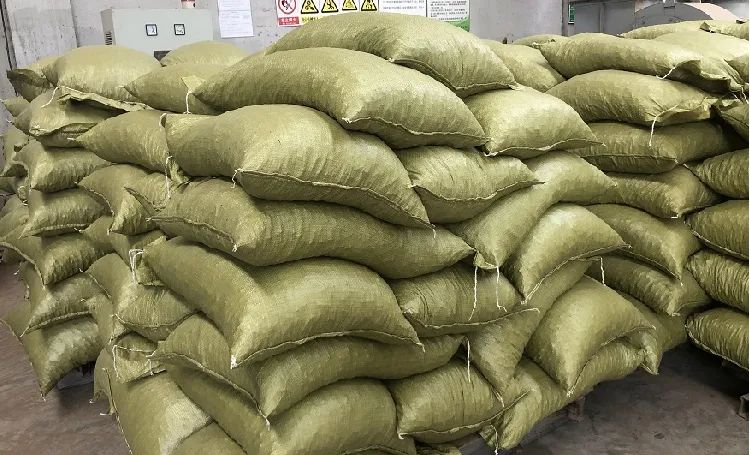
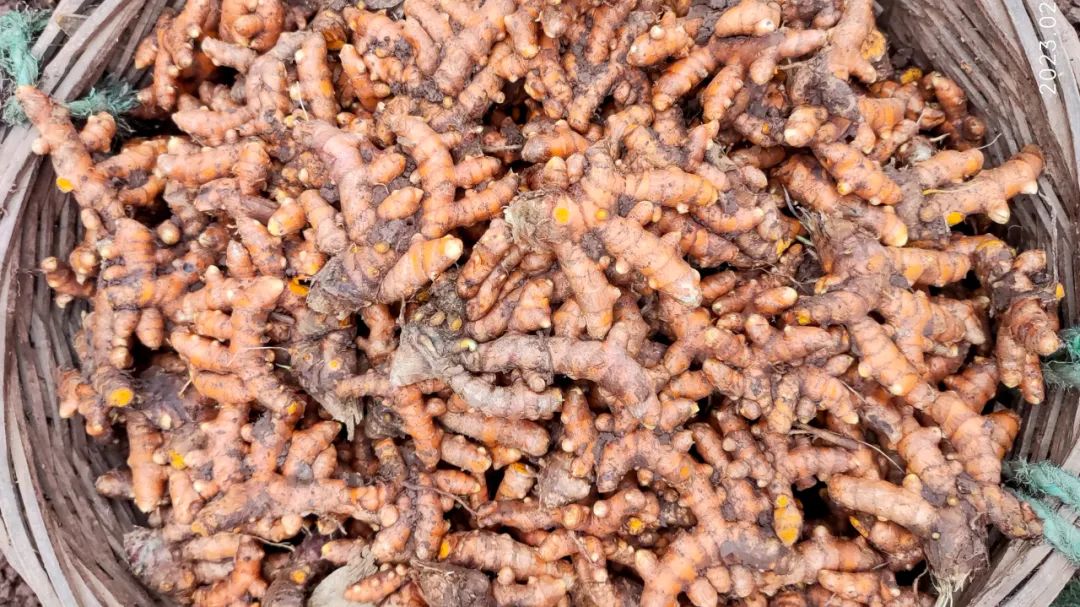
Post time: Apr-06-2023